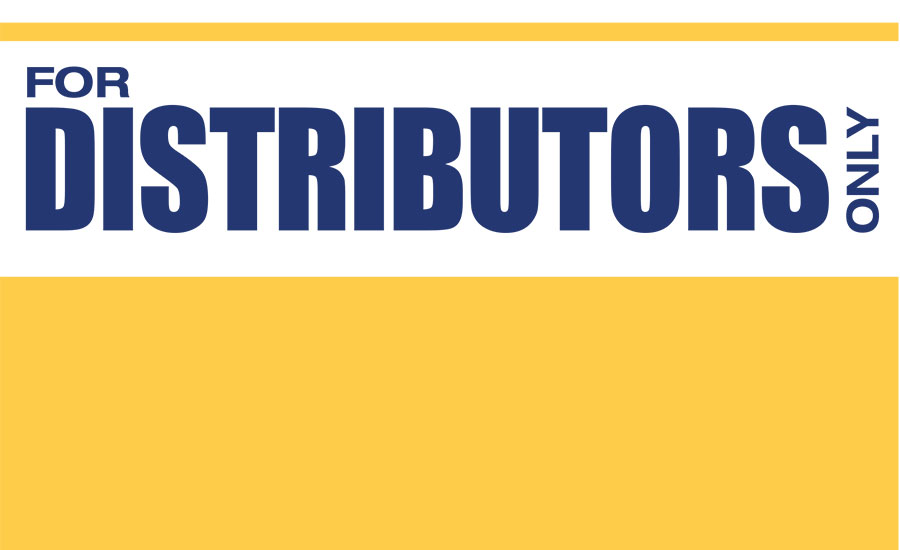‘Mild rebound’ in the works for U.S. economy 2017-18

The U.S. economy will enjoy a mild cyclical rebound in 2017, then return to a lower growth rate more in line with long-term potential. Gross domestic production, inflation-adjusted, grew at fairly tepid rates over the past three quarters. But jobs are increasing at a moderately good pace, with unemployment below five percent. Some of this year’s negative factors will turn around, enabling the rebound next year.
Consumer spending in line with incomes
The strongest part of the GDP reports has been consumer spending, up 3.8 percent over the past 12 months. That compares to a 3.6 percent gain in take-home pay, resulting in a minuscule drop in the savings rate. Consumer attitudes are stable at a good level, a bit above the long-run average. I expect consumers to continue increasing their spending in line with their incomes.
Construction: Non-residential to out-perform housing
Housing construction strengthened recently, with starts up to 1.2 million (annual rate) last month. Most of the gain was in apartments: Multifamily starts are up 14 percent over the past year, but single family only 1.3 percent. Housing construction can increase a bit next year, but population growth does not justify significantly higher activity.
Non-residential construction continues to rise thanks to private sector activity. Public construction is flat. National averages have less meaning in this sector, as excess vacancy in one market can hardly ease tightness in another, but look for the U.S. totals to increase.
Though companies are spending on construction, they are cutting back other capital expenditures.
Capital spending is cautious
Orders for machinery and equipment have dropped by five percent over the past 12 months. Some of the decline stems directly from reduced oil and natural gas drilling and development, but non-petroleum businesses are also hesitant to spend money on expanding capacity. Expenditures to lower operating costs are more common.
Weak expectations for future sales seem to be driving much of the capital spending decline. The Conference Board survey of CEOs has been depressed for four quarters now. If the U.S. economy matches expectations, though, more production capacity will be needed and capital spending should recover some of its lost ground in 2017.
Inventory control remains tight
Inventories are being managed more closely this year. That lowered GDP growth in the second quarter but is actually a positive sign. Too much in stock is dangerous both to companies and the overall economy. A tighter inventory-sales ratio limits risk of recession and also bodes well for stimulus from future inventory needs.
Government spending won’t help much
Federal government spending has been level, while revenues dropped due to weak corporate profits and less personal income tax withholding. Defense spending will probably increase once the new administration—whichever candidate wins—prepares a new budget. Otherwise, federal money will be tight.
Brighter prospects but no boom
The overall economic outlook for 2017 looks brighter than this year’s performance. 2016 suffered from the short-term impact of reduced petroleum drilling more than the long-term benefit of cheaper gasoline. The economy also felt the stronger dollar’s impact, as well as the inventory swing. Next year these negatives should be no worse, and possibly better. Adding to the better performance next year will be continued gains in consumer spending, as well as housing and non-residential construction. Business capital spending should be less of a negative and might even turn positive.
The economic strengths will not produce a boom—some of the problems listed above will linger, along with weak productivity growth and low labor force participation by some demographic segments. Nonetheless, next year will be brighter than 2016, followed by a reversion to a more sustainable growth rate.
Looking for a reprint of this article?
From high-res PDFs to custom plaques, order your copy today!






